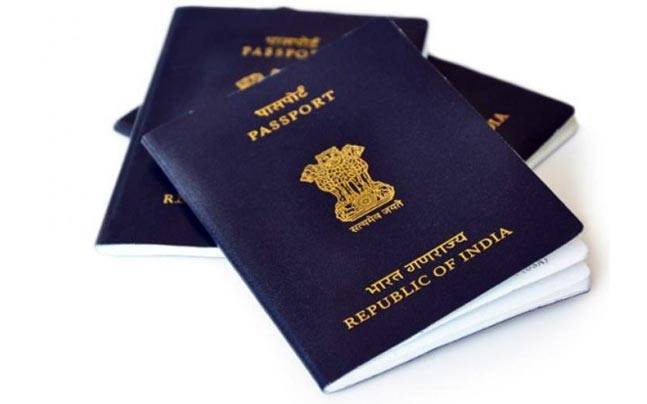FYI: The colour of your passport says something about your nation
Do you hate the picture of you in your passport? Do you get embarrassed every time you have to show this to someone at the visa office or at immigration? Every traveller reaches a point where they accept defeat and resign themselves to the fact that the photo on their passport will never meet their expectations. No one gets a say in their passport’s external appearance – you can’t choose the country, the inspirational quote framing the front page or the colour of the cover.
However, that said, the colour of your passport is not something completely arbitrary either. A fact that recently emerged and gained circulation was that passports only come in shades of black, blue, green and red. Passport colours are closely related to geography and policy. The colour and design of the passport cover can be chosen by the government of the country, but the required size and format are decided by the International Civil Aviation Organization (ICAO). Thus, your passport cover does say something about your nation. Here is a list of the various passport cover colours and the significance they hold.
Black

Rarest of the four colours, black passports are typically seen on the passport covers of countries that have a prominent Black population or where black plays a significant role. The African nations (Chad, Zambia, Botswana, Angola, Gabon, Barundi, Malawi, Democratic Republic of Congo) usually have black passports. However, so does New Zealand due to its connection to black as the national colour.
Sometimes, one may also find themselves encountering a rare black U.S passport. This means that the traveller in possession of this has been granted diplomatic immunity and cannot be stopped by airport staff to be searched, arrested, detained or delayed in any manner.
Blue

Member States of the Caribbean Community have blue passports owing to their location which is the midst of oceans and off coasts. Blue passports are also held by the sub-regional bloc South American countries namely Argentina, Venezuela, Brazil, Uruguay and Paraguay due to their connection with Mercosur, a customs union.
Today, the U.S passport is also blue and has been that way since 1976. It was originally a green passport and was changed to blue for the bicentennial celebration to reflect the colour of the American flag. A special green passport was issued between 1993 and 94, for the 200th anniversary of the U.S Consular Service, but the blue colour has been retained since 1994.
Green

Similar to how black passports are symbolic of the country’s connection to the colour black, green passports are also coloured this way due to the prominent role of the colour in the country. However, green is often equated to the colour of Islam as Prophet Muhammad’s favourite colour is believed to be green owing to the fact that he wore a green cloak and turban. It is also a colour that features on the flags of Muslim countries such as Iran, Pakistan, Mauritania and Afghanistan. As a result, countries that consider Islam their religion often hold passports of this colour (Example: Pakistan, Saudi Arabia, Morocco, etc.).
Many African nations such as Niger, Nigeria, Senegal, Ivory Coast, Burkina Faso and so on also issue green passports due to their distinction as members of the Economic Community of West African States (ECOWAS).
Red

Countries with red passports often have a connection to a communist past or present; they are countries that have had a significant interaction with communism. China, Latvia, Slovenia, Serbia, Poland, Georgia, Romania are popular examples of Communist countries with red passports.
A number of Nordic countries also issue red passports on account of the fact that red was a popular colour in the Viking age and is also found on most of their national flags. The covers of passports of countries that are a part of the European Union are a darker, burgundy shade. Macedonia, Turkey and Albania have also changed their covers to match this burgundy in hopes of matching EU aspirations, in what was termed as the ‘branding exercise’.
Evident from this list is the fact that the passport cover colours are not as random as most people believe, but instead, have a strong correlation to the past or present of the country. Check out the passport colours of your fellow travellers next time you’re stuck in a long queue at immigration and attempt to guess which country they may be coming from! Maybe some books can be judged by their covers after all.


